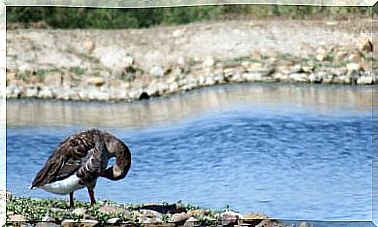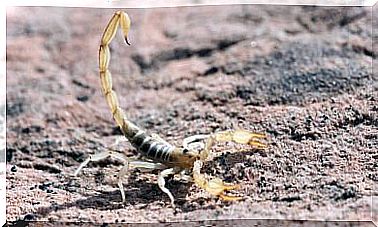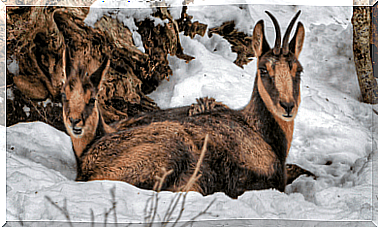The Reappearance Of The Australian Bee Believed To Be Extinct
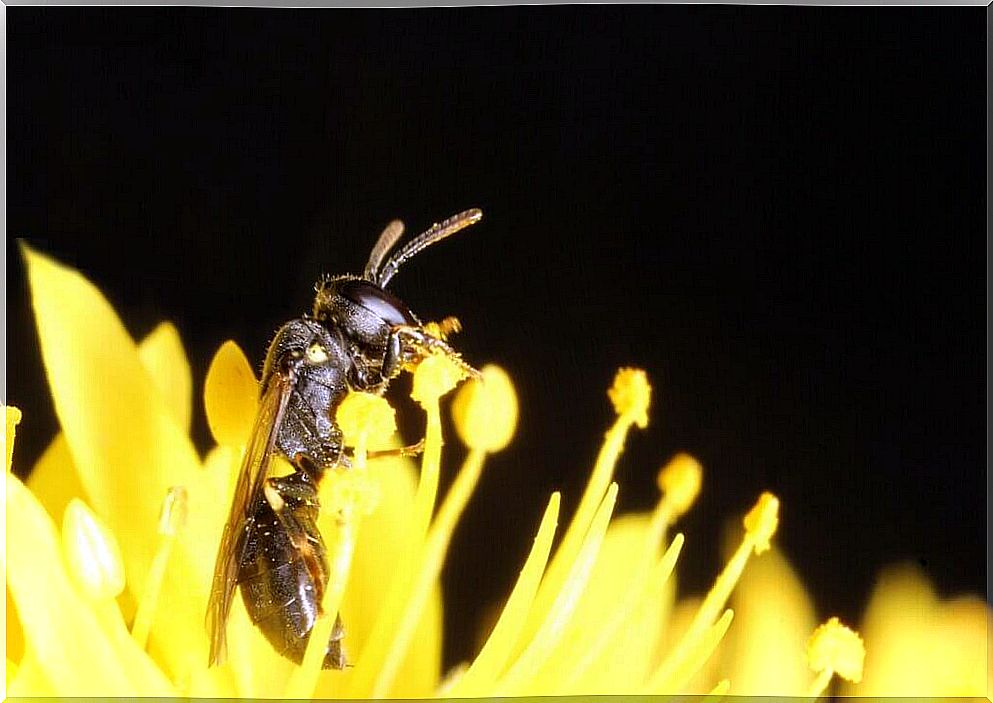
Animal diversity on the planet is extremely rich. So much so that following up all the species that have already been discovered and those that remain to be discovered is an arduous task. Often times, a simple chance can reactivate conservation works that were abandoned: this is the case of the reappearance of the Australian bee.
When the animals belong to species of small size or with a very restricted range of distribution, it can happen that they are considered extinct or, at least, possibly disappeared. This was the case with the Australian bee, when it was last seen in 1923.
The casual reappearance of the Australian bee
In late 2020, doctoral candidate James Dorey was doing fieldwork in the state of Queensland, Australia. Quite randomly, this young man discovered a small specimen of Pharohylaeus lactiferus , unique in its genus
Until that moment, only 6 individuals of the species had been detected and the last encounter occurred in 1923. So, it was assumed that the bee had disappeared from the planet. After the discovery, Dorey decided to direct all his research on Australian bees to this new species.
In his own words, discovering this individual gave him the opportunity to start a real study of conservation of the species and, what was more complicated, establish a starting point from which to begin the search.
In doing so, Dorey conducted various fieldwork in over 245 different areas between Queensland and New South Wales. These experiments focused on collecting and later releasing specimens or simply observing the flowers directly.
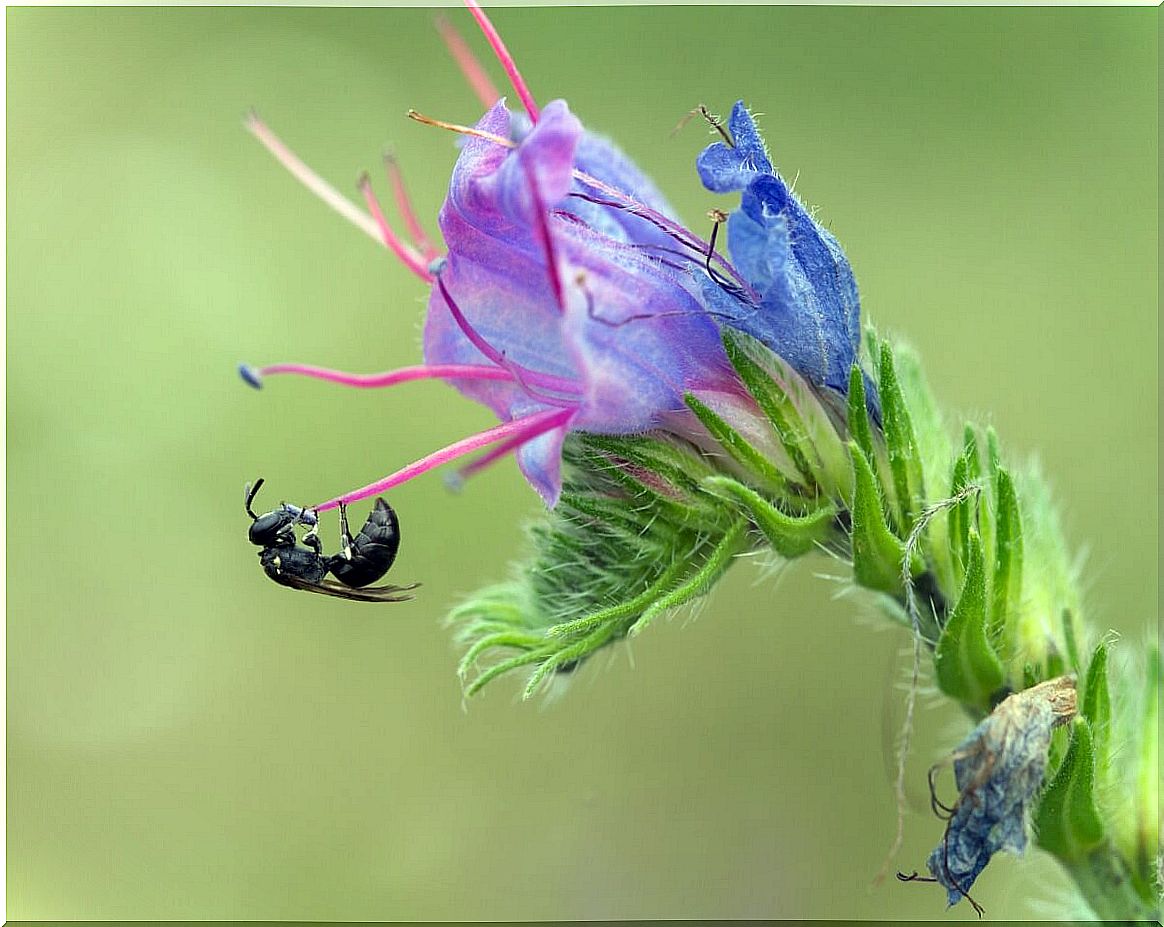
James Dorey, armed with a butterfly net, toured the various research fields daily. He spent hours and hours searching in order to collect all the insects that were in the flowers and thus try to find the target species.
Although the reappearance of the Australian bee is a milestone in the field of zoology, it is necessary to emphasize that it is also a milestone in the field of species ecology. Dorey’s excellent work highlighted the deplorable state of conservation of the bee species. Specifically, the situation of those living in Australia.
the masked australian bee
The biology of the different species of Australian bees is poorly understood, even more so if we direct our attention to this new species. However, thanks to Dorey’s studies, a little more is now known about their periods of activity, their way of feeding and their reproduction.
The Australian masked bee, like the Pharohylaeus lactiferus is known, is very similar in size to the European bee ( Apis mellifera ). Unlike this one, its body is completely black, but decorated with 3 white lines on the head and a pair in the thoracic region.
According to Dorey’s research, the presence of this animal in the field is very limited by the presence of certain plant species. If these specific species of plants are not or are not very abundant, the bee does not seem to choose that ecosystem.
On the other hand, it was found that the Australian bee is more visible between the months of November and May. However, this does not mean that it cannot present certain levels of activity throughout the year.
Likewise, the presence or absence of the species is also limited by the nesting sites. This hymenoptera needs to find holes with a very specific substrate, which is often present in the wilds of Australia. Unfortunately, these ecosystems are shrinking day by day.
Can this bee disappear again?
Needless to say, the disappearance of the Australian bee never happened. Its populations were simply reduced so drastically that it was very difficult to find them.
The fact of the reappearance may shed a light of hope in the conservation of bees. However, this environmental preservation cannot take place if the various Australian ecosystems continue to suffer, as they have done to date.
The greatest threats to all ecosystems on the planet are habitat loss, fragmentation and degradation. Specifically, Australian environments have lost more than 40% of their forests and jungles since colonization by Europeans.
Worst of all, this destruction continues to occur progressively in today’s society, despite current knowledge about the environment in all parts of the world.
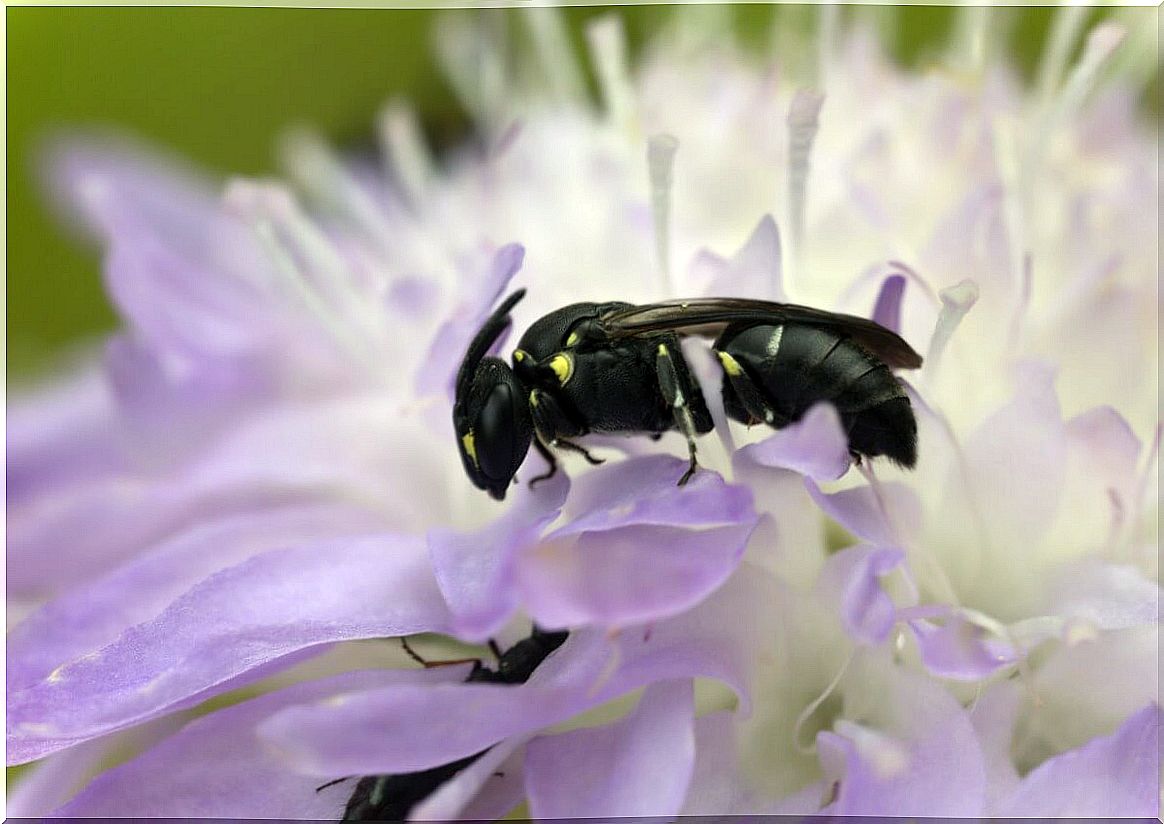
Despite the importance of bees across the planet and specifically in Australia, very little is known about their biology and even less about their conservation status. The reappearance of the Australian bee could perhaps be a starting point to start more projects aimed at trying to save these important animals within the life cycle.





